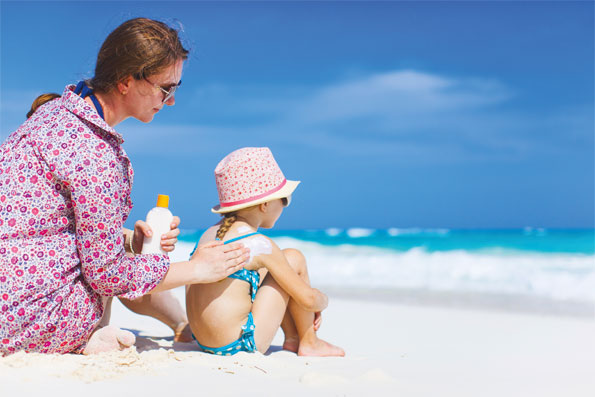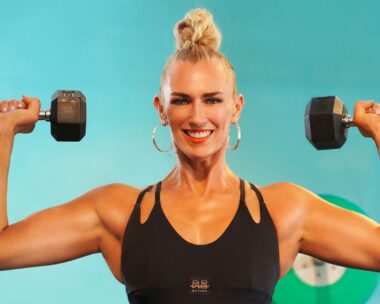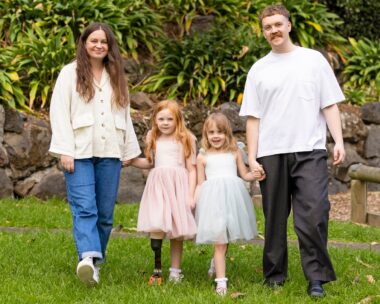
To get good protection, you need to apply one teaspoonful (5ml) for each arm, leg, your back, front, your face – including neck and ears. That adds up to 35ml for a full body application. And you should apply often.
Water-resistant sunscreens maintain their protection after swimming or sweating, but you’ll still need to apply them regularly, especially if you towel dry.
Here are some answers to questions we frequently get asked:
What difference does SPF make?
SPF stands for sun protection factor. It’s a measure of protection against mainly UVB rays, the ones that cause sunburn. The higher the SPF, the greater the protection – up to 50+. Above that, the additional protection is small. And, in fact, higher SPF values are a problem. Studies have shown people use them to stay out longer in the sun, meaning large doses of UVA radiation.
What is UVA?
Broad spectrum protects against UVA and UVB radiation. Both contribute to premature skin ageing, damage to the immune system and skin cancer. UVA radiation penetrates into the skin layer, and is so dangerous because there are no warning signs (suchas sunburn caused by UVB).
Will sunscreenprotect me all day?
No – it can be sweated, washed or rubbed off. The chemicals break down over time, and people don’t apply enough. You should reapply every two hours.
Does having a tan
mean you don’t needas much sunscreen?
No, a tan is a sign that skin damage has already started. Any further UV radiation will add to the damage, resulting in wrinkled leather skin and possibly skin cancer.
Do I need a special sunscreen for my child?
Proper protection for children is very important. Childhood and teenage sunburn is a high-risk factor for developing melanoma. Specially formulated sunscreens have a mild base designed for sensitive skin. But there’s no reason why children shouldn’t use the family sunscreen, provided it doesn’t irritate their skin. Test a small amount on the inside of the forearm first. Babies and toddlers should be kept out of the sun as much as possible.



